In an age where we know how important it is to live more sustainably, taking care to choose and buy products for the home that help to conserve energy and water, there are always further steps that can be taken.
For most of us it’s not practical to go the whole way with a smallholding, but there are different elements that can be introduced in order to help you become more self-reliant. If you can produce some of your own food, electricity and even water, you will not only be helping the planet by conserving its valuable resources but you can also save money, too.
How to make your home self-sufficient
Install solar panels
Generate your own electricity by installing solar panels on the roof. With prices starting at around £4,800, the most popular are panel systems but you can also find solar tiles, which cost twice as much. You shouldn’t need planning permission to install either, but check with your local council before you go ahead, just in case.

A roof area of 10-20 sq m can provide up to 45 per cent of a property’s electricity needs. It should be south-facing, unshaded and at a pitch angle of 30o or 40o according to the Energy Saving Trust.

Solar panels generate power even on cloudy days, and you’ll need to use their energy during the day, so get things like your washing done during this time. In the evening, you’ll be back to using energy from your supplier so you’ll still need to pay bills, but they should be a lot lower.
Grow your own veggies
By creating your own veg patch you can harvest all sorts of goodness. You don’t need a lot of space or skill; things like herbs and tomato plants can even be grown in pots on the window sill. Use this fresh produce alongside shop-bought food, and turn it into pickles and chutneys to make your produce last longer.
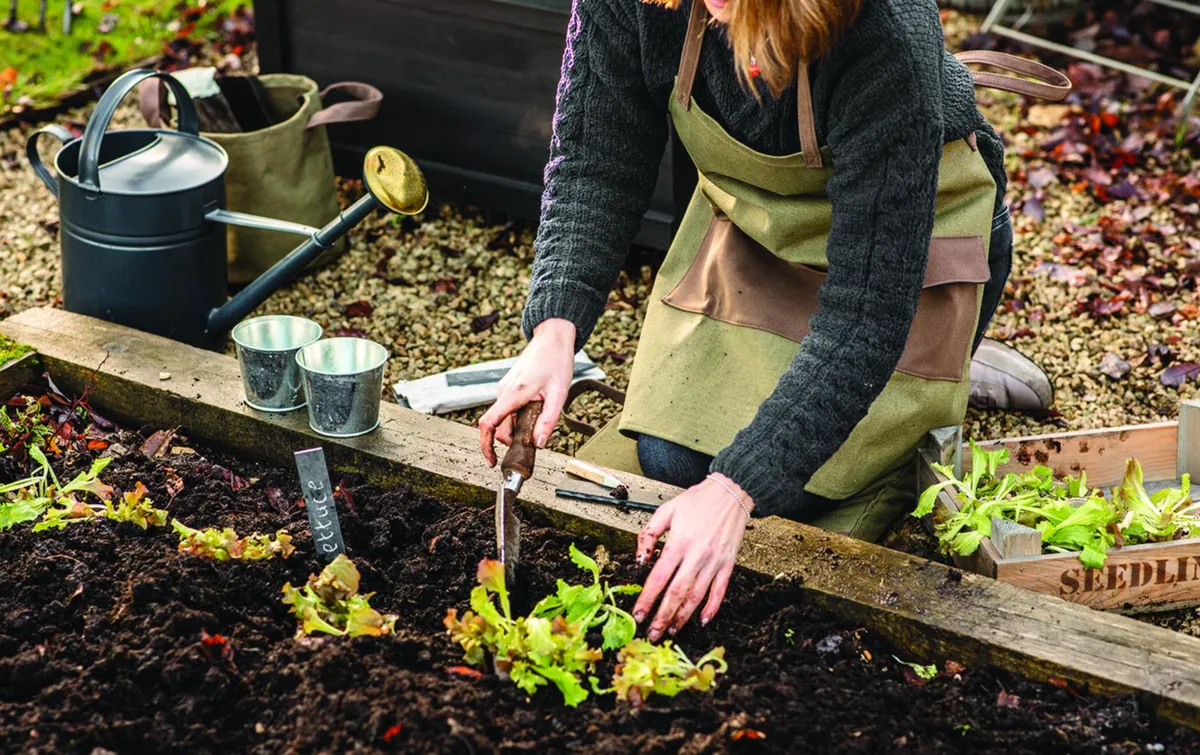
Spring and autumn are the best seasons to start. Choose a sunny spot, give it a good digging over to break up the soil and get rid of weeds and stones. Add compost or soil conditioner then plant away.
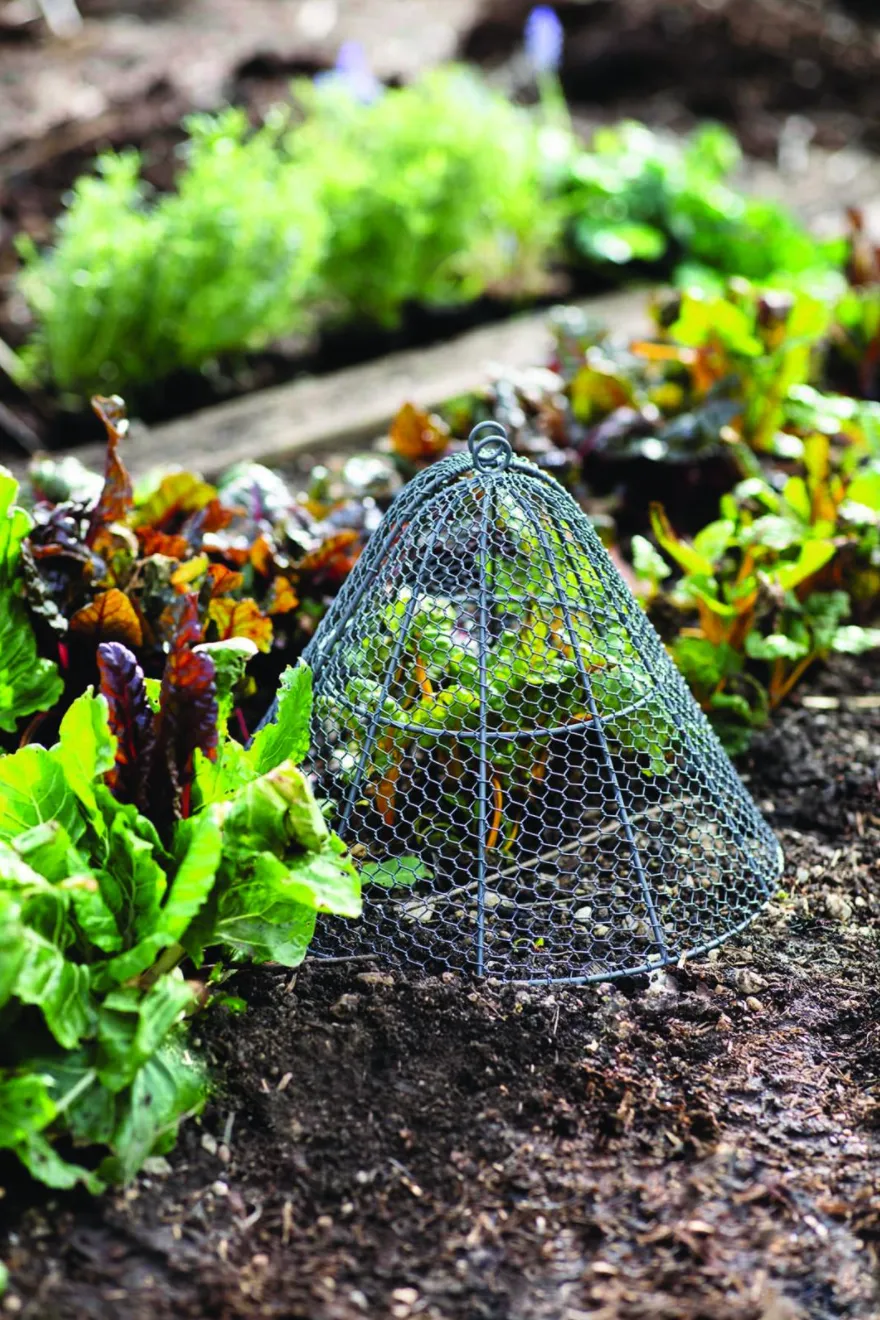
Space out evenly and add poles for climbers like beans. Some seedlings should be started off indoors, so check before planting. You can section off the patch with reclaimed railway sleepers or planks of timber, or create a raised bed for root vegetables.
Make your own compost
Creating your own compost gets rid of kitchen scraps and provides you with natural, organic fertiliser that can be used on your vegetable patch in about two to three weeks. By popping things like banana peel, coffee grounds, plastic-free teabags, apple cores, potato peelings and eggshells into a composter on the work surface or under the sink, you can reduce the amount of waste that goes to landfill.

It’s easy to make your own compost bin using a basic plastic container but you can buy ready-made airtight designs in stainless steel or bamboo too, which will look more attractive if it’s going to be on show.
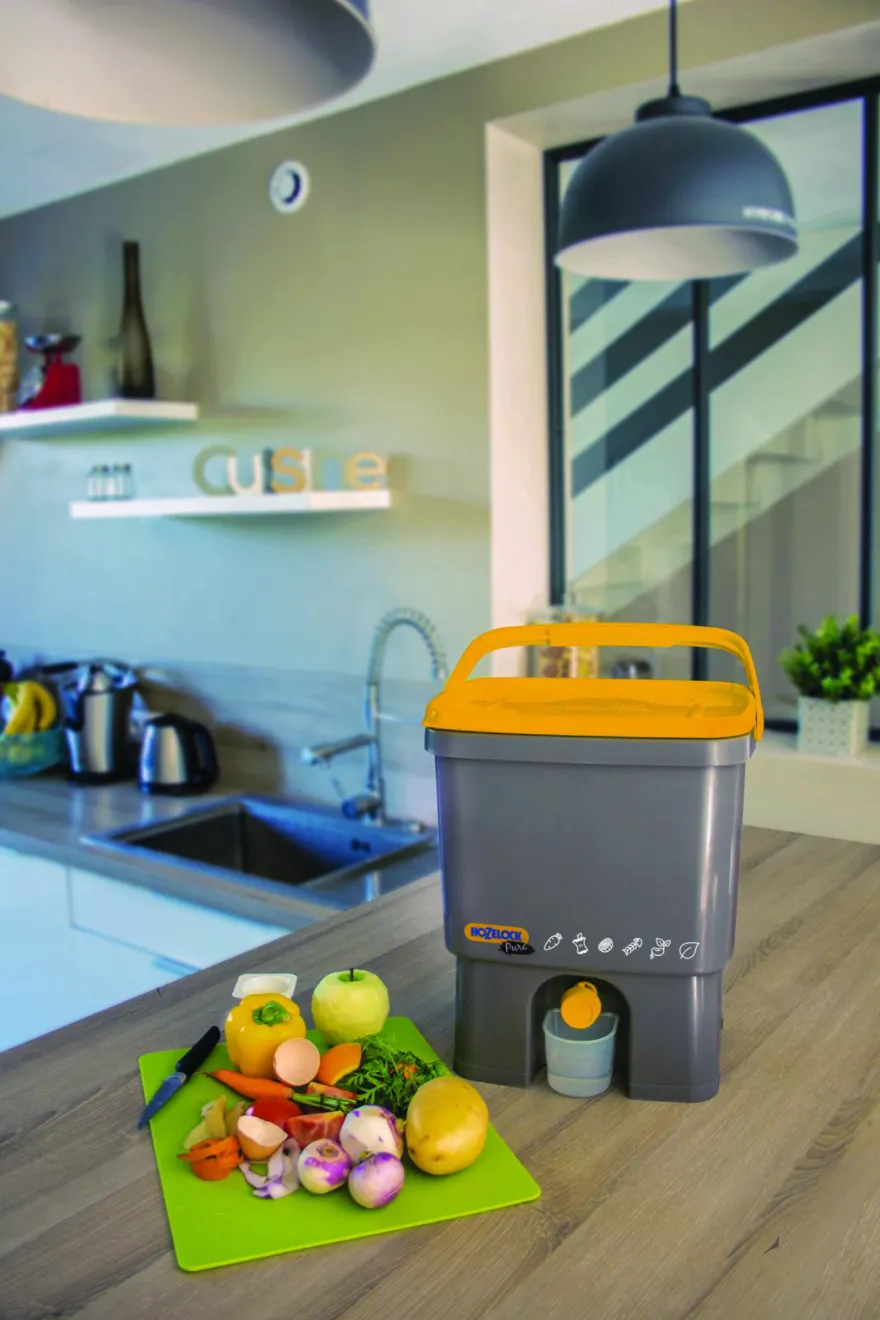
Once you’ve got the hang of it, you can also think bigger and start a compost heap outdoors, incorporating your garden waste and lawn cuttings, too.
Raise animals
Chickens, bees or goats will supply you with eggs, honey, milk and cheese and you might not need as much space as you think. Hens will need a coop to sleep safely at night and lay their eggs. They’ll also need a fenced-off area or a run in a spot that drains well.
For bees you’ll need a beehive, which you can install in a residential area – though the more space the better so they have access to a range of flowers.

Goats are sociable, so you’ll need at least two, and they will need a quarter of an acre of fenced-off land. You’ll also want somewhere dry and ventilated for them to shelter in.
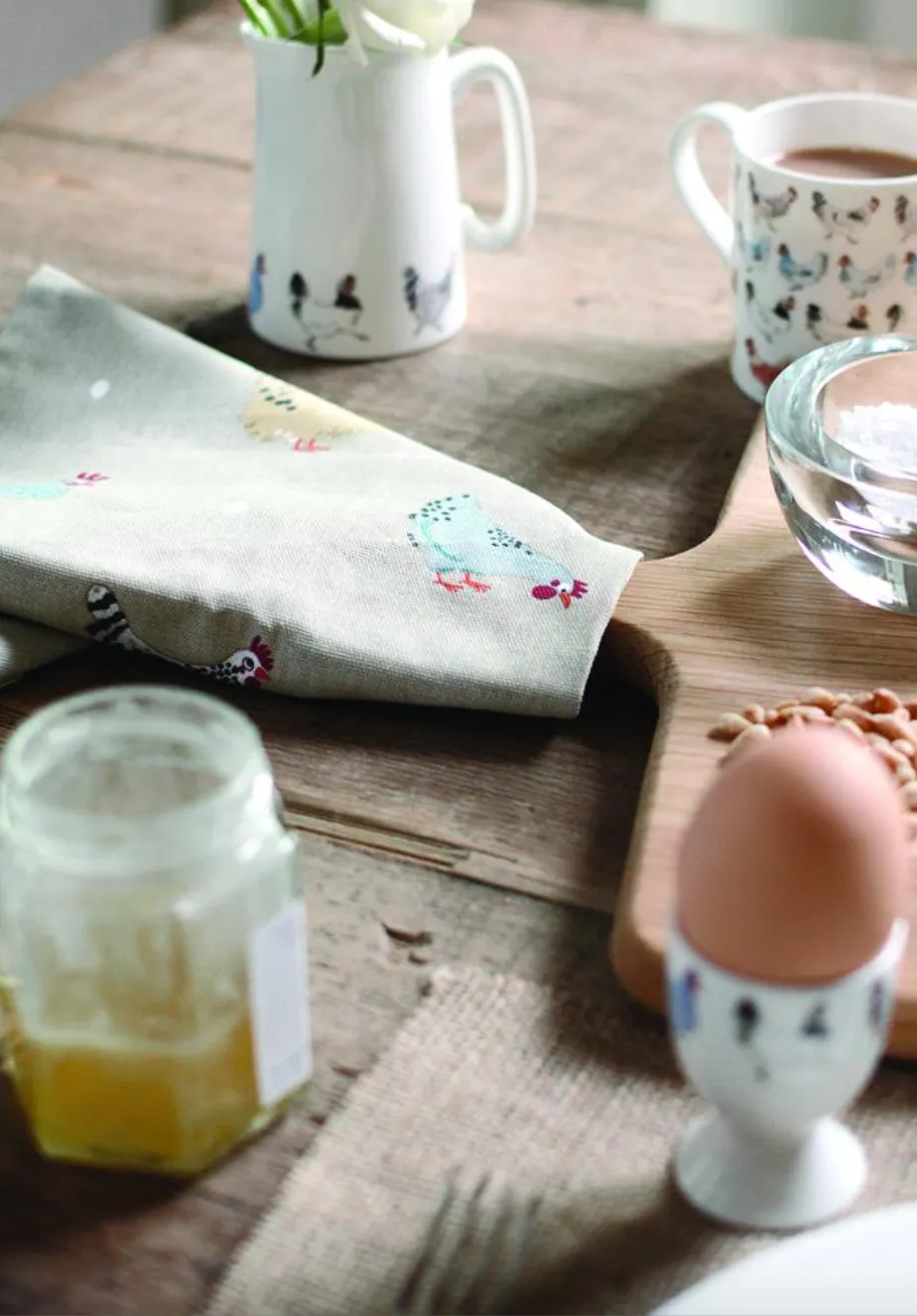
Before you bring your livestock home, check there are no restrictions on your deeds or lease, ask the council if it’s ok and let close neighbours know.
Create a cold store
Ideal when you are growing your own fruit and vegetables, a cold store or root cellar is basically a pantry or larder, usually walk-in, that keeps food cool and easily accessible. If you have a basement then it’s a great way to enhance your self-sufficiency but you can also create a cold store in a porch, utility room or cupboard under the stairs. Anywhere cool and dry will keep most vegetables for a couple of months, if it has good air circulation and ventilation.
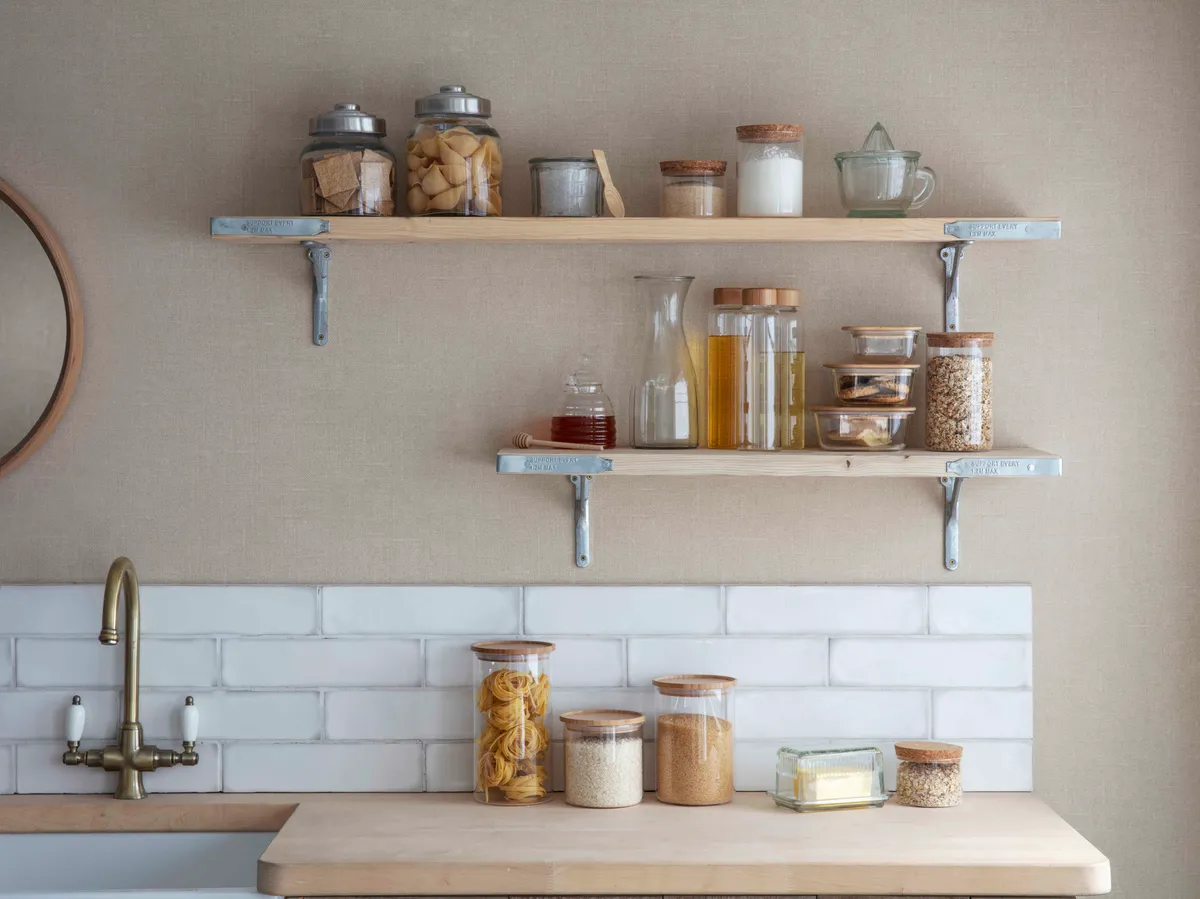
In the kitchen, turn a walk-in cupboard into a cold store by adding shelving for dried ingredients in glass jars and base units with pull-out wooden slatted or wicker baskets that allow fresh produce to breathe. Install a marble worktop for a cool surface and you have natural refrigeration with plenty of storage.
Collect rainwater
Try to reuse and recycle it wherever possible. Gardeners should aim to use their mains water as little as possible when watering vegetable patches, plants, flowers and even the lawn in really dry seasons.
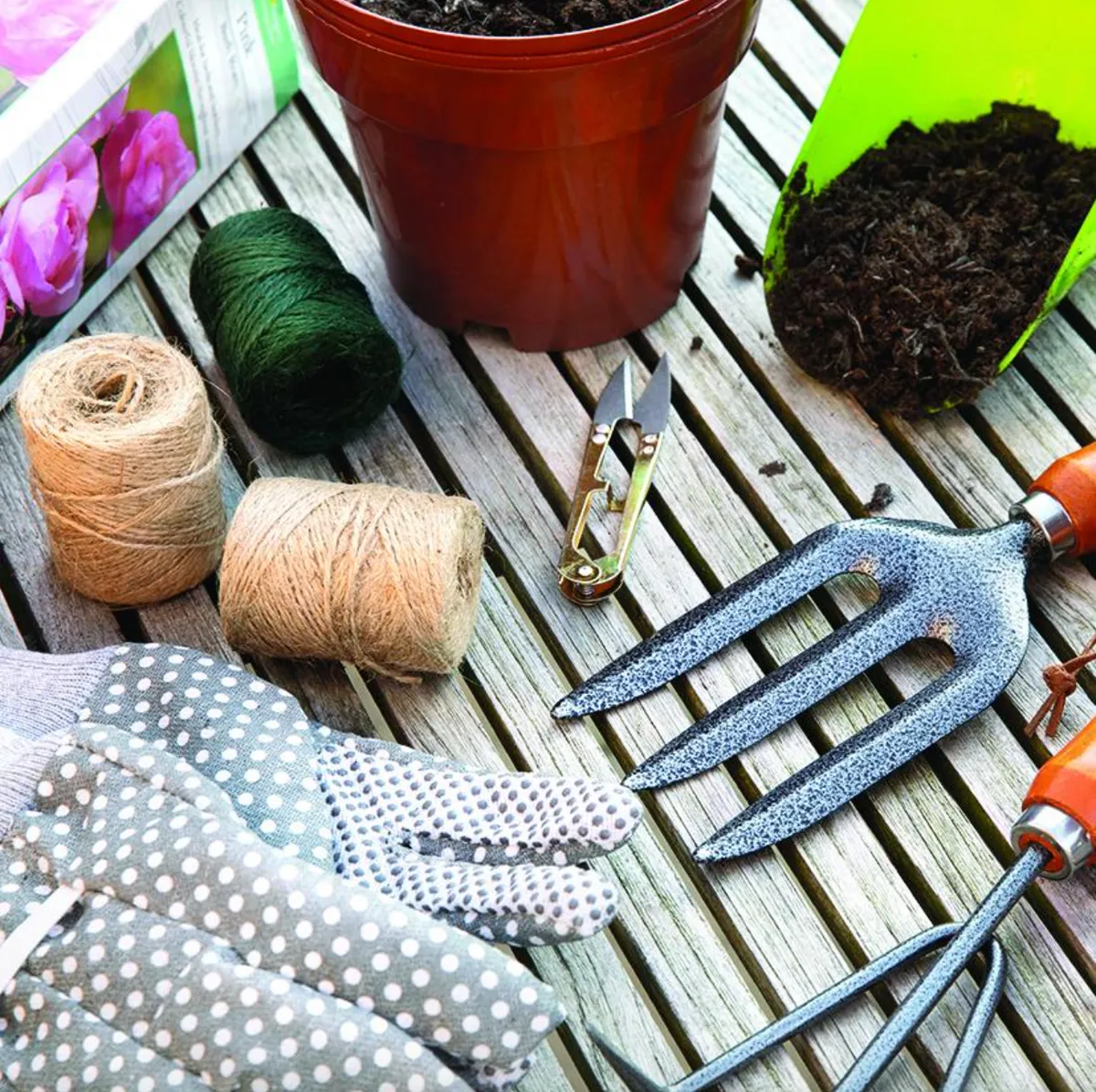
Using stored rainwater or grey water lowers your carbon emissions, cuts down on your water bills and is better for your plants as it has a lower pH. Use water butts to collect water from downpipes on the roof, the garage, shed or greenhouse.
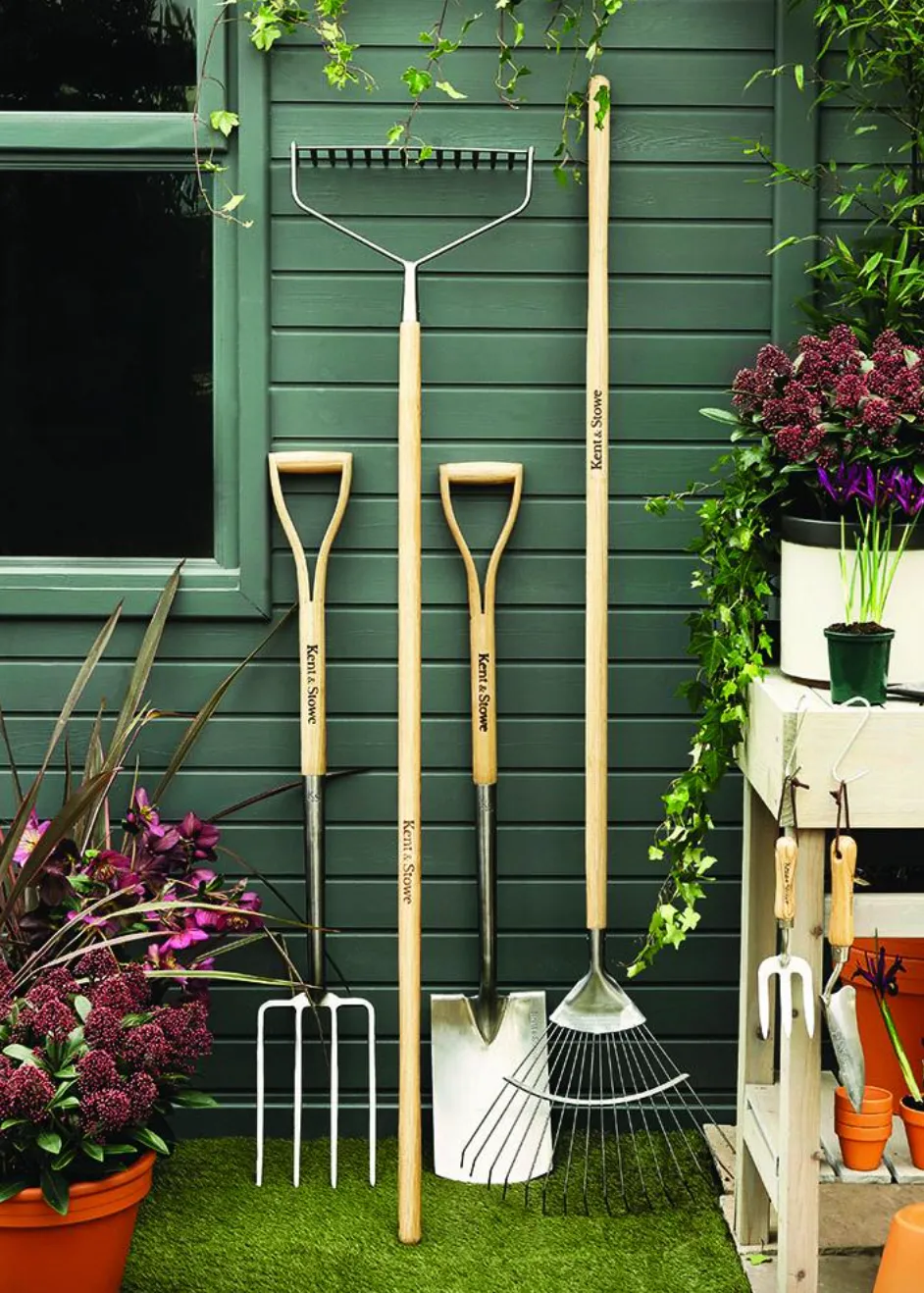
To store more water, swap the butt for a large volume rainwater tank. There are space-saving vertical designs, horizontal models and various sizes to store everything from 150 to 30,000 litres! These one-piece tanks are easy to install and you can re-purpose the water for the garden as well as cleaning tasks.
Useful contacts
• Find out if solar energy is right for your home and find the Solar Energy Calculator at energysavingtrust.org.uk.
• Watch video tutorials on how to grow your own with advice on sowing, planting, nurturing and harvesting your crops at rhs.org.uk.
• Learn how to become a beekeeper by taking a course with the British Beekeepers Association. For information and your local group, visit bbka.org.uk.
• For a starter guide to keeping hens, head to the British Hen Welfare Trust at bhwt.org.uk.
• Get more information on water tanks at ecosure.co.uk.
Feature Hayley Gilbert. Photo Sunpower.com.

